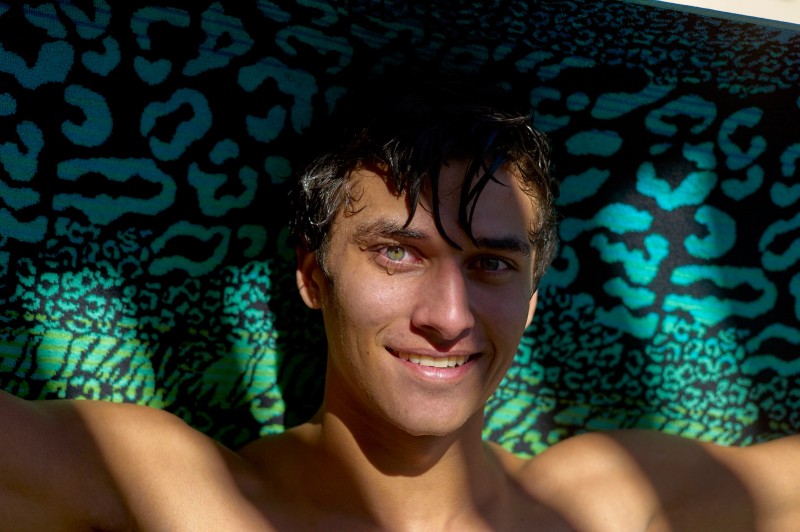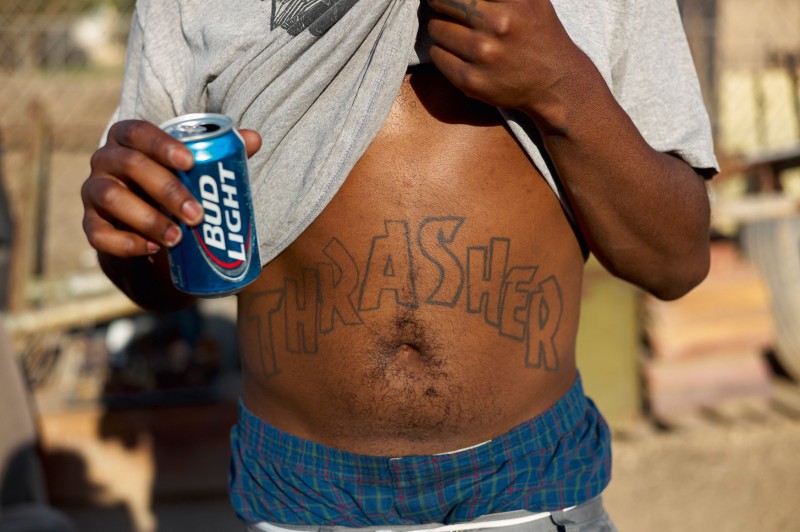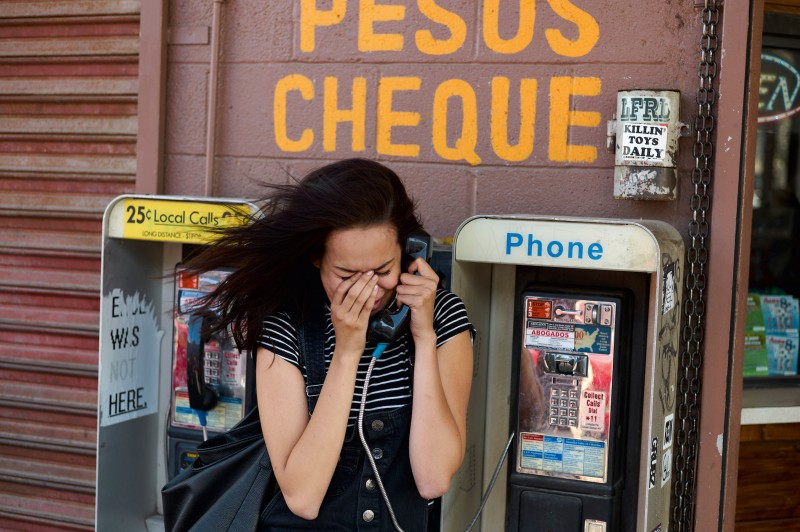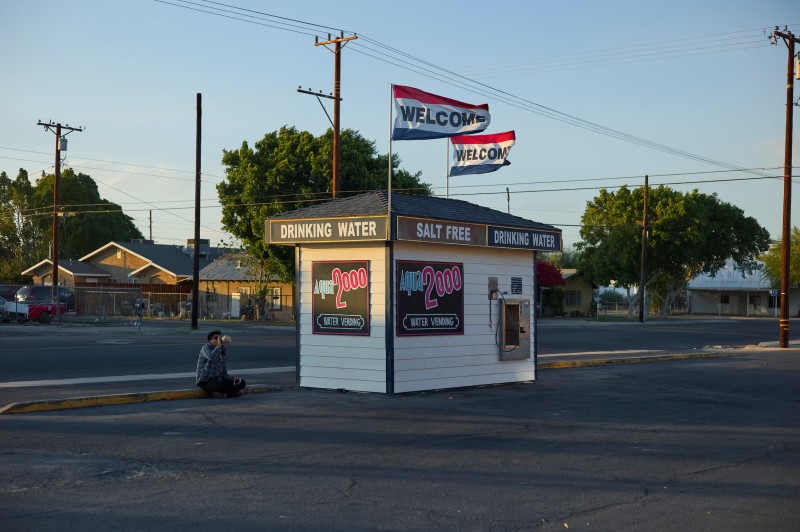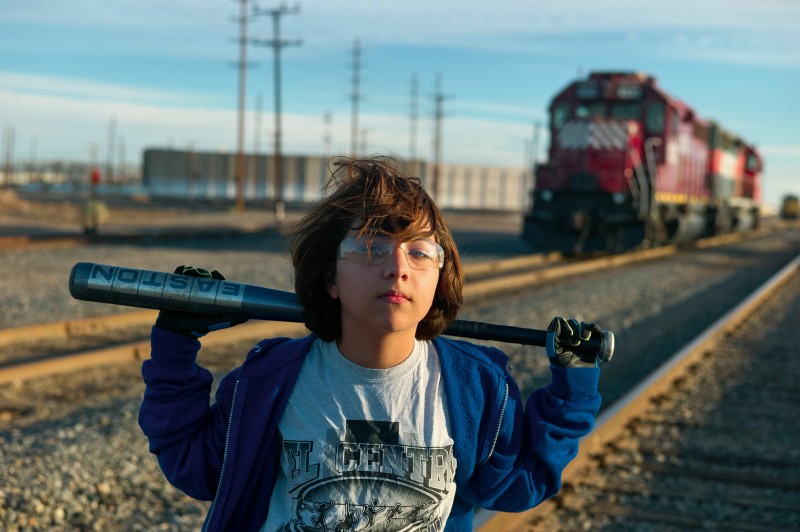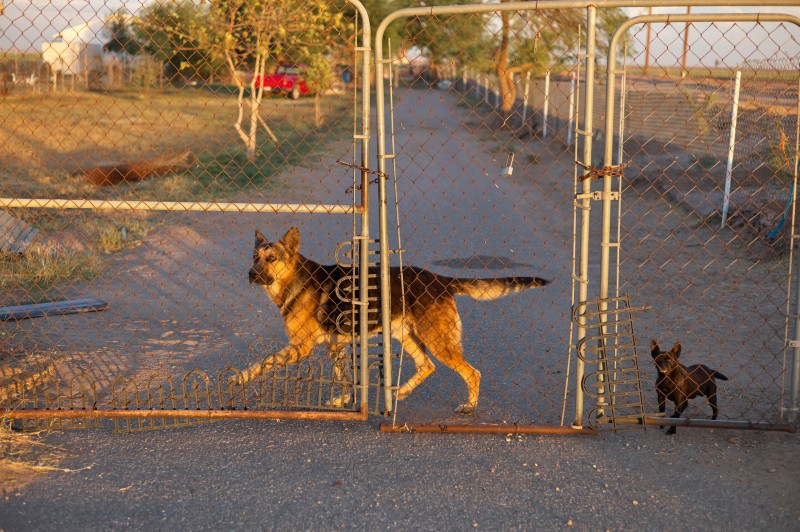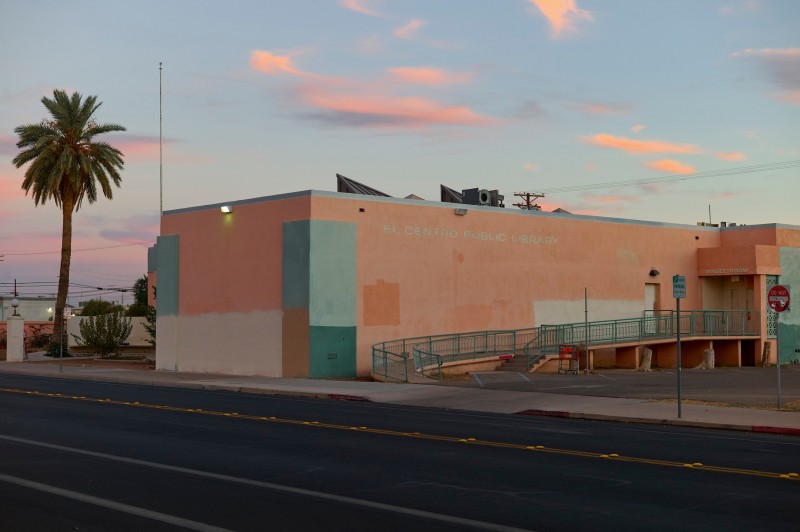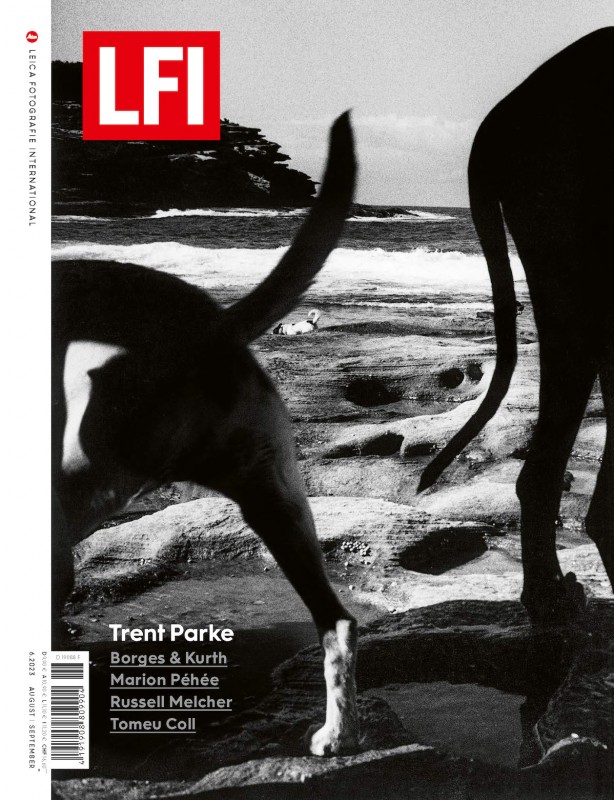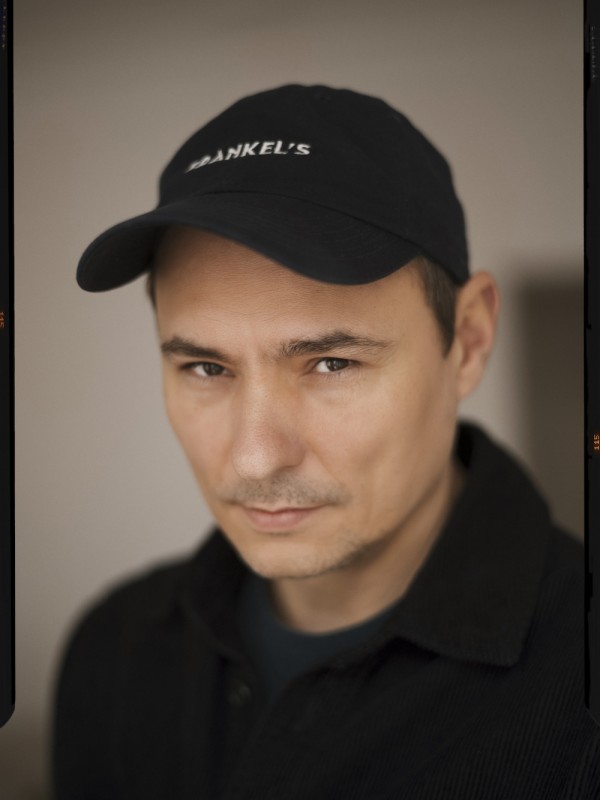Imperial County
Imperial County
Lars Borges
August 14, 2023
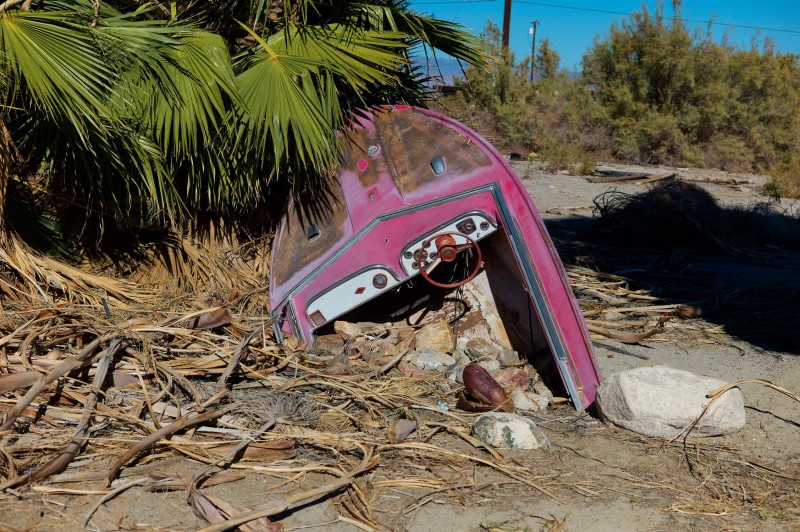
Lars Borges: I was flying over the southern USA, from Louisiana to California, when I looked out the window and noticed something unexpected: an enormous carpet of green surrounded by endless desert. This curiosity sparked my interest and led to my first encounter with Imperial City. It’s located in the Sonora Desert, which is considered one of the driest and hottest regions in the USA, but, thanks to intense irrigation, now has great agricultural significance. The people there work under difficult conditions and accept low wages. Even so, unemployment is high and poverty widespread. Many people die of thirst every year, trying to cross the border illegally between Mexico and the USA. The place fascinated and appalled me, and incited me to take pictures. I produced the series before Trump was elected US President. I find it reflects a slice of America and our current times, touching on subjects such as climate change, borders, poverty, migration, water and food shortages, as well as the consequences of uncontrolled capitalism, for people and nature. I wanted to understand these issues and make them visible – so this project was created within an area of 100 times 100 kilometres.
People are at the heart of your series, and show themselves quasi “naked” in front of the camera…
Right from the beginning, it was important for me not to judge the people or to impose a predetermined image on them. I didn’t want to force them into a particular direction, so as to make my own mark. I am often asked how I managed to achieve this closeness to completely unknown people. The answer is simple: I don’t photograph strangers. I spent a lot of time – often hours and even days – with most of the people that appear in the book. It took a lot of time and effort to get so close to the people, but it was also incredibly rewarding. I learnt a lot, and the pictures touch me a lot more than if they had only arisen from a superficial connection.
Temperatures at Imperial City can rise to 50 degrees – what photographic challenges did that represent, and how well did the M9 respond?
Taking photographs in the extreme heat can, of course, be a challenge both physically and mentally. The scorching heat can take its toll on both the human body and the technology. I always had to plan everything carefully: having sufficient water on hand, planning regular breaks to avoid exhaustion, not staying too long in the sun. Furthermore, there's fine sand and dust everywhere. Under these demanding conditions, using a Leica M camera proved to be of great advantage. The compact design allowed me to have the camera on me all the times, so as not to burden myself even further. Despite the heat, the camera always worked well. The particular look and colours of the Leica M9’s Kodak sensor fit this project well.
LFI 6.2023+-
You can find a cooperation between Lars Borges and Luzie Kurth in the LFI Magazine 6.2023. More
Lars Borges+-
Based in Berlin and Paris where he works as a photographer for international magazines and agencies. His work has been exhibited widely, including at the Leica Gallery in Vienna and the Kunsthalle Wien. His book, Imperial County, was published in 2017 by Kehrer Verlag. He recently published the project We Share The Meal, together with artist Luzie Kurth, which will be presented at the Yeast Photo Festival opening in September 2023. More


